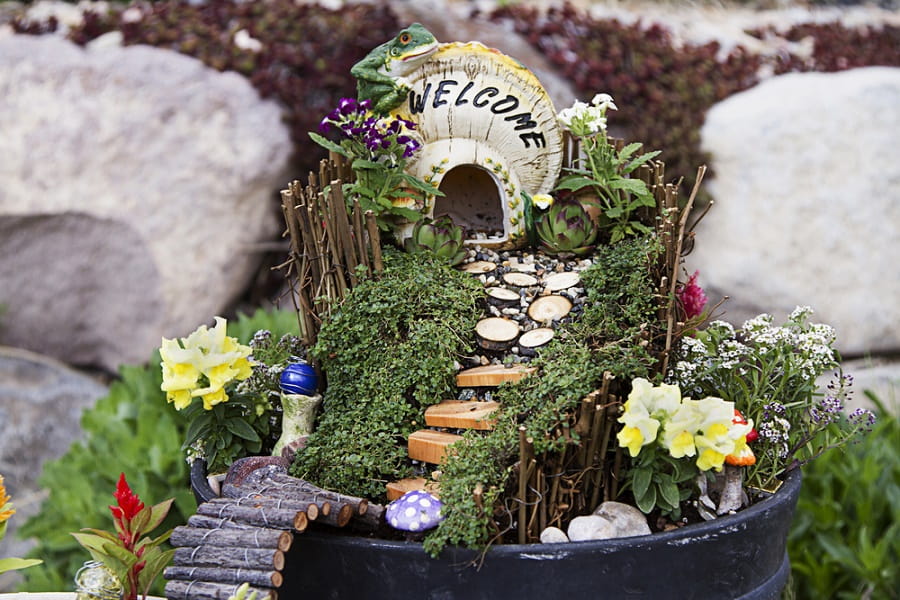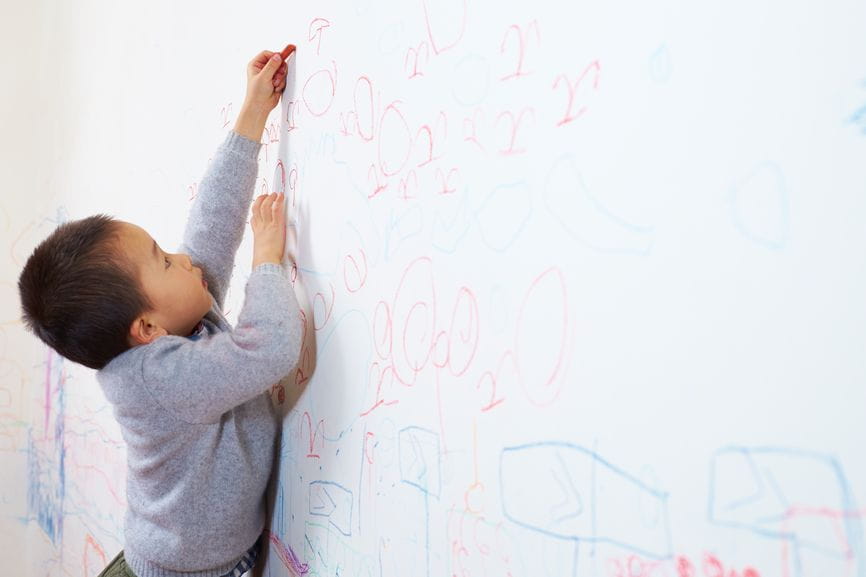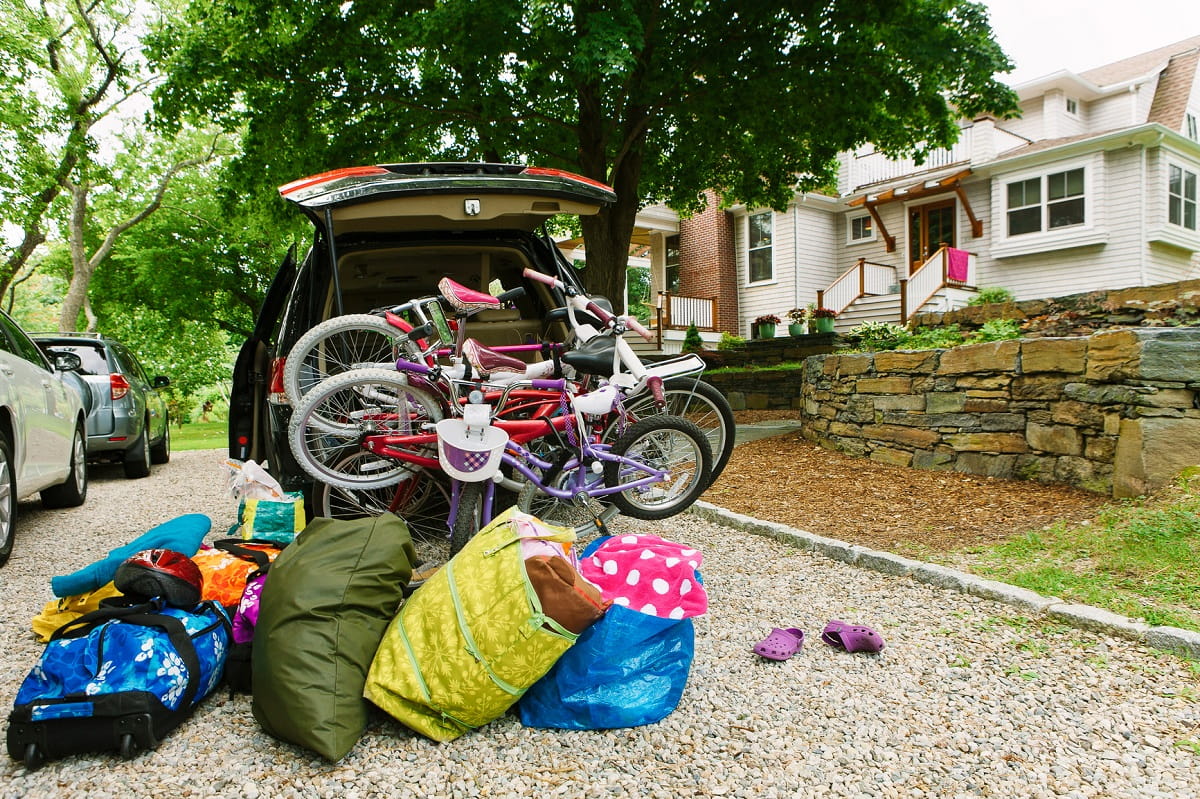Dinosaur Art for Toddlers: Skin Printmaking Is Dino-Mighty Fun
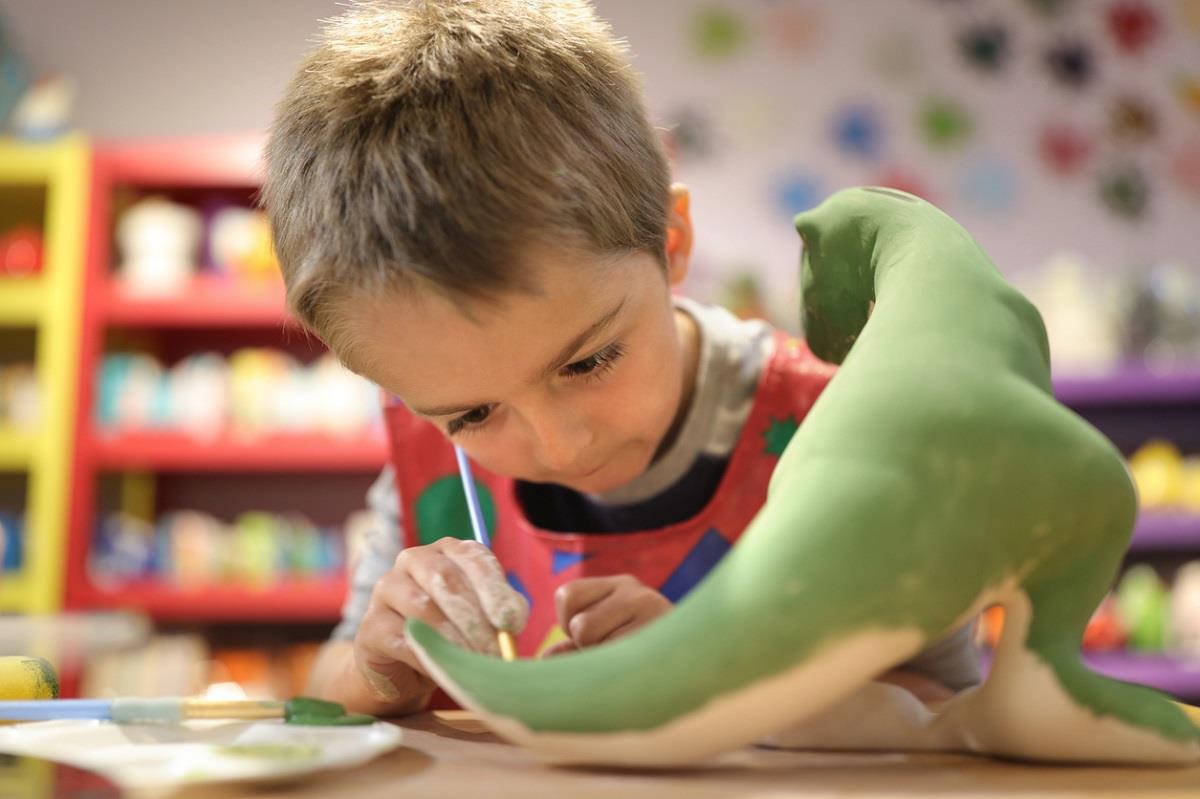
By Rachel Ward
Your beaming two-year-old tugs on your sleeve to present their latest and greatest scribbled masterpiece based on their current obsession: yup, it’s dinosaur art. “Rawrr, dinosaur!” they say proudly, pointing to crisscrossed crayon lines. Those lines on the paper may not look like what we adults think of as dinosaurs, but it’s not just random—to your two-year-old’s developing brain, it makes complete sense!
We hear the saying “It’s not about the destination, it’s about the journey,” fairly frequently (maybe we’ve even said it ourselves)—and for children, drawing or painting is absolutely about the creative process rather than the end result. Not only are they learning to express themselves in a new way, but they’re also demonstrating what they know about the world so far.
“Around age two or three, children begin expressing themselves through art and follow a fairly predictable development process—they start with scribbles, move on to drawing circular shapes, and finally begin drawing images resembling things in our world, from humans and animals to rainbows and cars,” says Meg Davis from KinderCare’s Education team.
We encourage children’s creative journey all the time in our Discovery Preschool classrooms (and in all our classrooms), but we’re making it even more fun this week with an awesome dinosaur craft: using paint and bubble wrap to make our dinosaur skins!
This Dinosaur Printmaking Activity (Like All Artwork) Is More than It Appears
Once children have their dino skin print, they’re encouraged to draw what they think a dinosaur’s shape and face would look like, too!
While they work, it’s pretty common to hear children roar like dinosaurs and chatter to each other about the colors they choose, what dinosaurs eat, and how tall they are. If you’ve watched your child create a drawing, you’ve probably heard similar (most likely one-sided) conversations throughout the process—and there’s a reason for that.
“Adults sit down to draw a specific object, but children take a different approach to art: Research shows that rather than focus on drawing what something really looks like, they use the process itself as a way to rehash what they’ve learned about the world, and often use noises, words, and art materials to represent things in action rather than on the page,” explains Davis.
In our centers, we give children outlets for artistic expression all the time, beyond dinosaur art—and we encourage you to do the same at home. Try some of our ideas below!
Embrace Creativity: 3 Great Ways to Explore Art at Home
1. Grab a Sampling of Any and All Art Supplies from a Craft Store
Crayons, paints, watercolors, clay—there’s a whole amazing world of art supplies out there, so why not introduce them all to your child? Try supplying a new tool or two each month to see if there’s something your child really enjoys using. Some kids shy away from finger painting, for example, because they don’t like the feeling of paint on their fingers—but give them some play dough, and their creativity ignites!
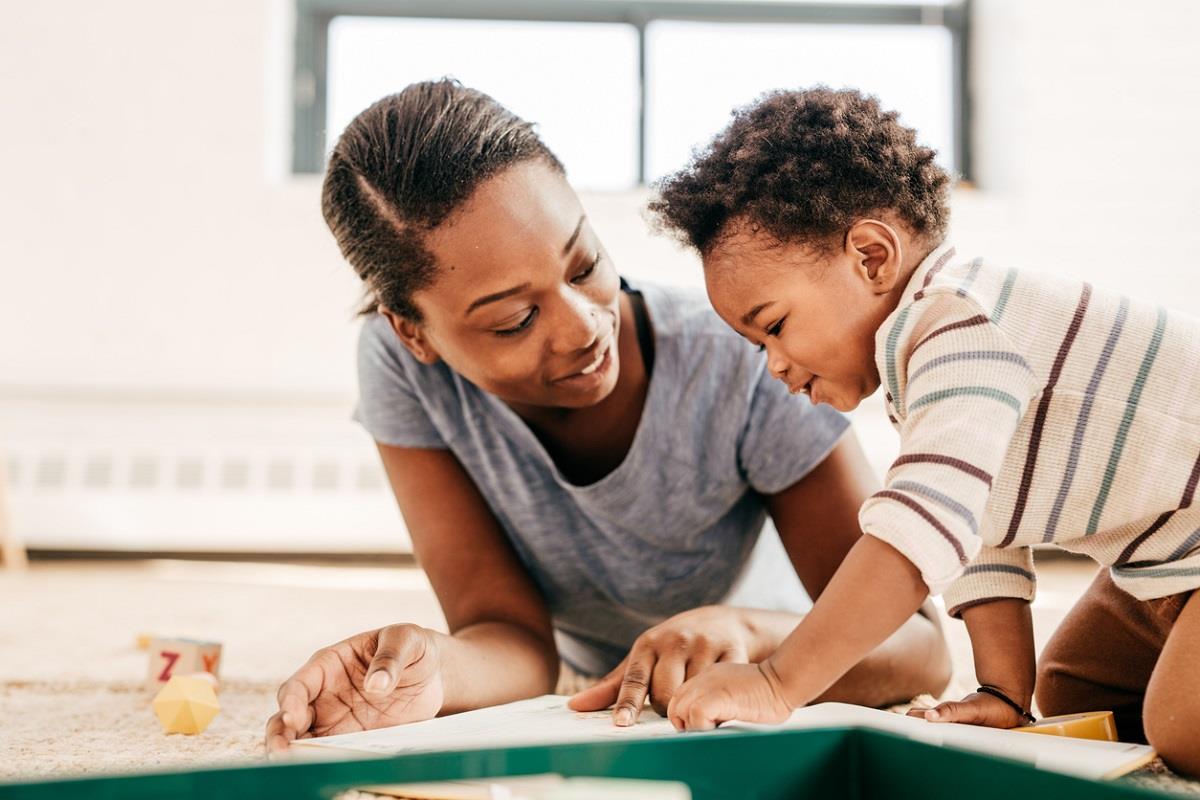
2. Grab Some Picture Books and Absorb the Illustrations
As you read through a favorite story, call your child’s attention to the characters depicted in the illustrations. Look at the shape of a character’s head, the expression on their face, or the colors in their clothing—what does your mini Monet notice? You could also grab children’s books centered on art itself: Some of our favorites include Press Here and Mix It Up! by Hervé Tullet.
3. Visit an Art Museum
Seeing art in person is an entirely different experience from seeing it on a screen—kids will be entranced by all the colors and shapes in museums! A lot of museums out there offer discounts or even free passes for children, so take a look and see what’s available in your local area!
